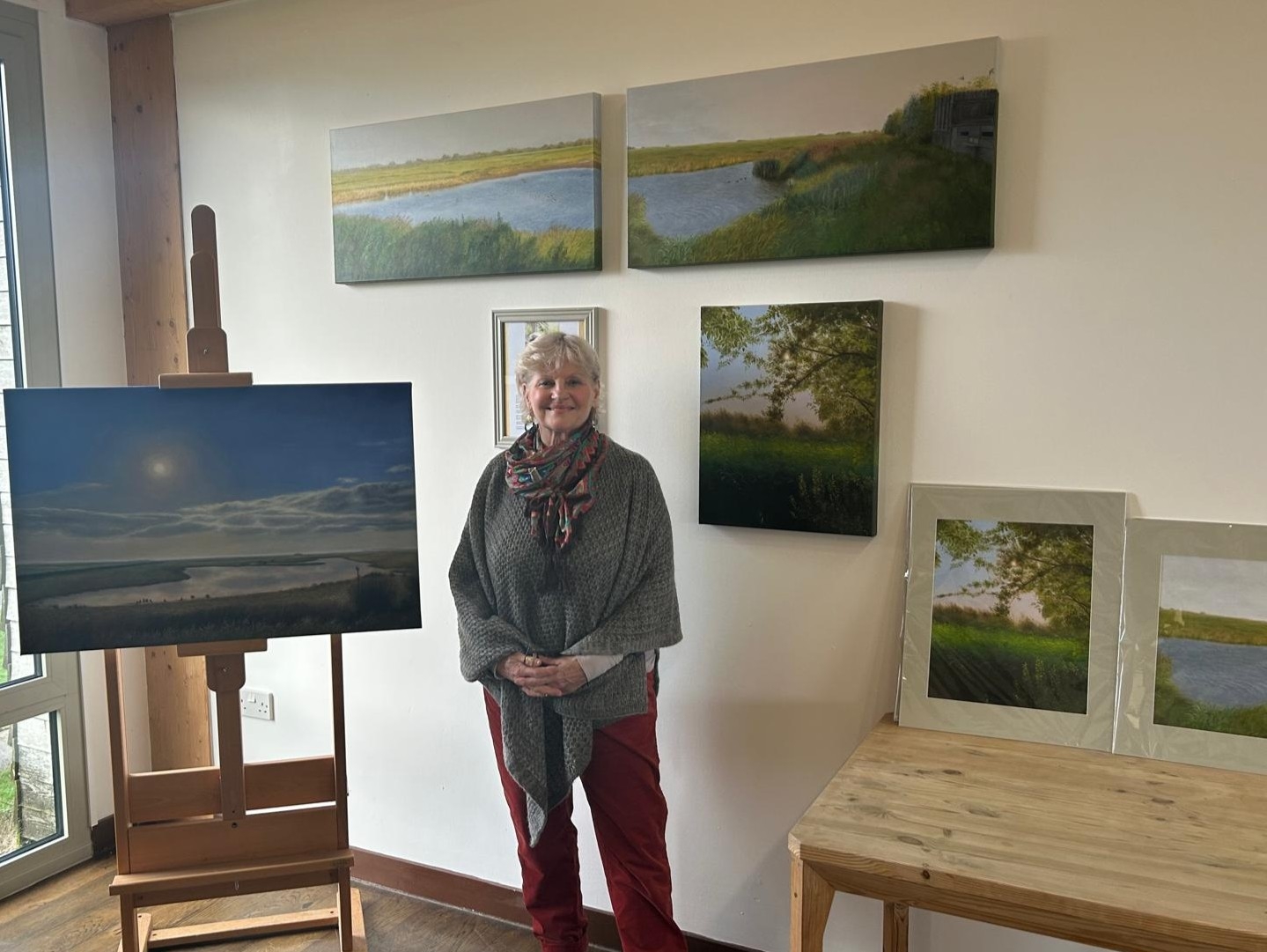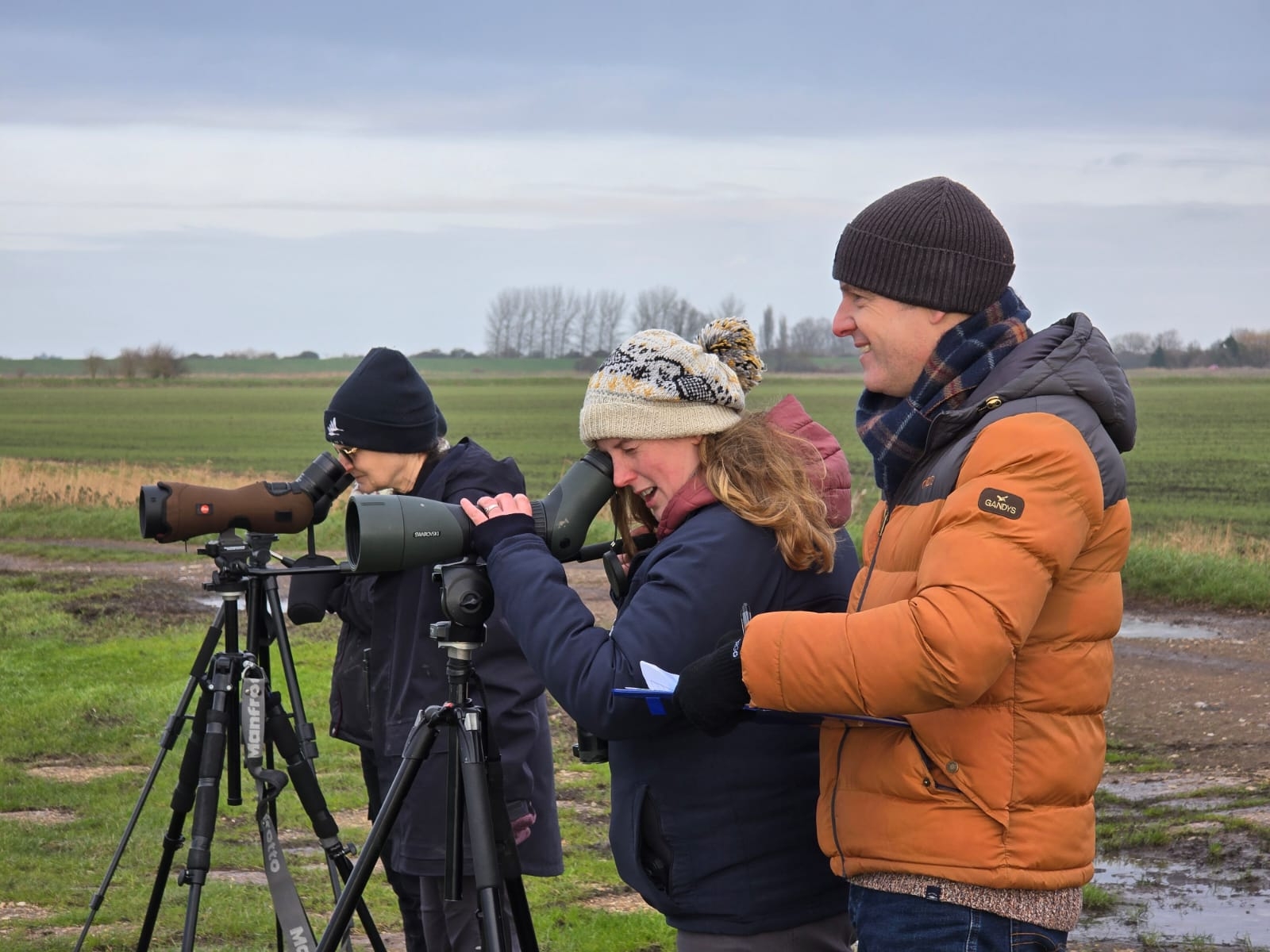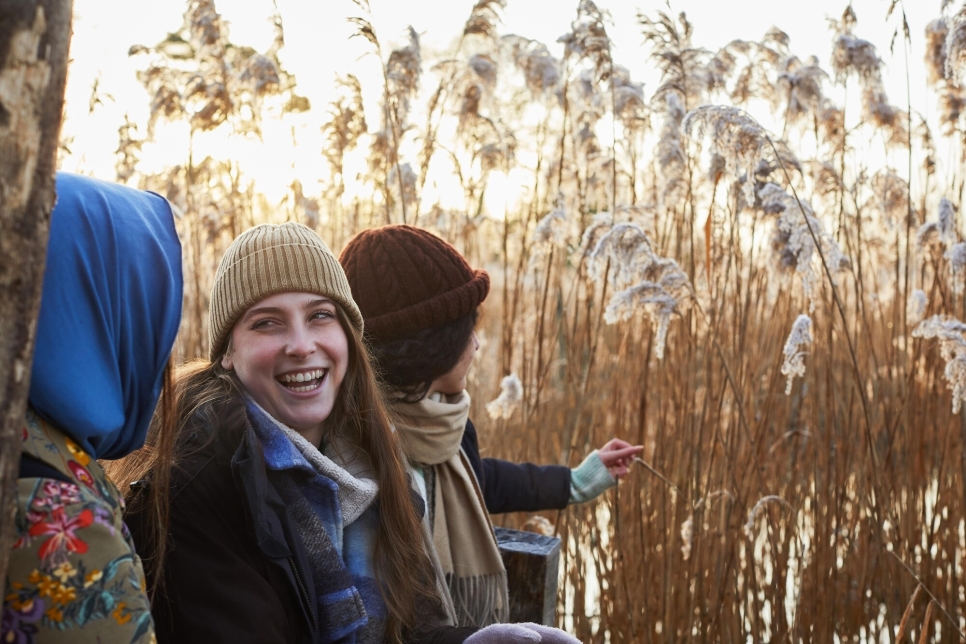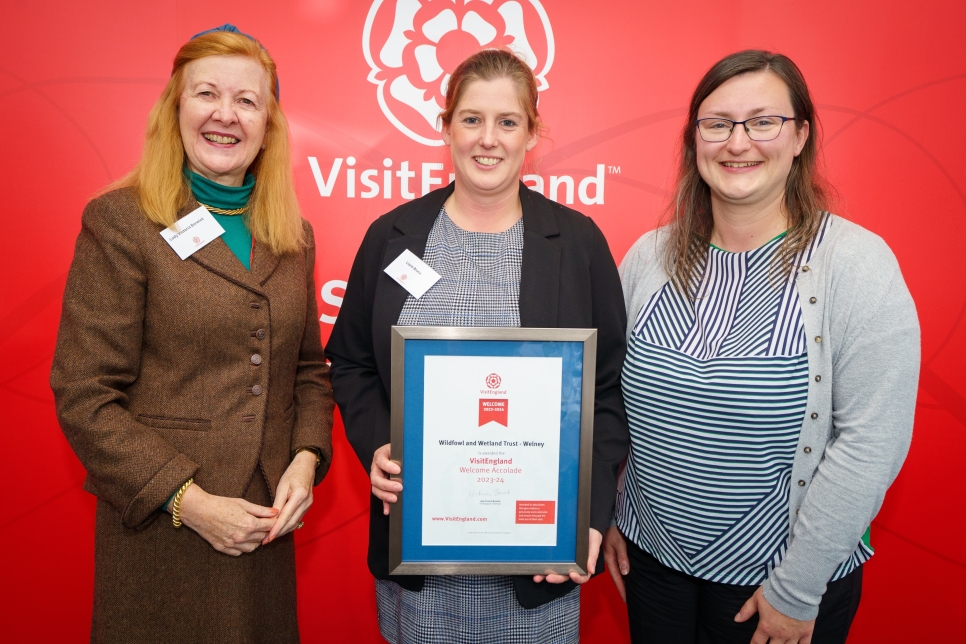Winterwatch at Welney
The Winterwatch team visited Welney this month to capture some of the best winter wildlife we have on offer. Find out about their day and the species highlights here.
We are very excited to have had some of our fantastic winter wildlife captured on film by the brilliant team at Winterwatch. Chris Packham made the journey to WWT Welney this January to reacquaint himself with the awesome spectacle that is the wintering wildfowl of the Ouse Washes wetlands. The range of species our wetland reserve is home to in these times of climate change is what drew the attention of the Winterwatch team.
Speaking about the visit on BBC Radio 2, Chris said of his visit:
“It was a beautiful day, we were treated to a bevy of birds, the site is fantastic, it has grown in size, it has improved in quality, has a brilliant visitors’ centre, with an excellent café - serving the very best vegan pasties…..we enjoyed our Welney birdfest”.
Don't miss us on Winterwatch we will link to the programme here once it has aired.

The crew spent a magical day filming some of our winter highlights to be included in this series. They witnessed dawn across the Ouse Washes as the swans started stirring and enjoyed the sights and sounds of Bewick’s and whooper swans getting ready to lift off from their wetland roost and fly out to the surrounding arable fields for the day to feed. Our Warden, Annie Pickering, guided the team to the best locations to capture cattle egrets and short-eared owls too, whilst also enjoying the wide range of birds that use our wetlands at this time of year. The day was rounded off with a wonderful Fenland sunset as the swans were starting to return to roost.
We've highlighted some of the amazing species featured on Winterwatch, that you would hope to see on a winter visit to Welney.
Bewick's swans

Bewick’s swans are one of three swan species we see in the UK – but as the smallest and rarest they can be difficult to find. The Ouse Washes had been an important site for wintering swans in the UK for decades. Both Bewick’s and whooper swans come here in the coldest months to escape conditions further north. Monitoring the swan numbers each winter feeds into site and international counts to understand what is going on with the populations. In recent decades we have recorded fewer Bewick’s swans making it to the UK. It is likely that milder weather conditions elsewhere in Europe is playing a role in us seeing fewer birds here in the UK. Birds are carrying out what we call ‘short-stopping’ – not having to travel as far west as they once used to, because they have everything they need where they are (food, mild temperatures, wetland sites). However, through the international swan census counts, we also know that the population as a whole has been declining, and WWT have been working for decades on identifying the threats to this species and working with communities and conservationists along the whole flyway to raise awareness of these threats and try to implement ways to reduce them. The species are still a highlight of winter at Welney, with the Ouse Washes and surrounding Fenland remaining an incredibly important area for them.
Cattle egrets

As some species appear to be reducing in number, others are having an increasing presence in the winter, including the cattle egret. One of three egret species found at Welney – little, great white and cattle themselves – which have undergone a gradual move from rarity to resident species throughout our UK wetlands. The cattle egret tend to forage across the grassland, particularly in amongst livestock such as cattle or sheep, rather than in the ditches and pools where the cattle and great white can often to be found. Looking after healthy wetland habitats is key to providing a home for species whether they be old or new, as they navigate through changes in the climate around them.
Short-eared owls

Short-eared owls are another highlight of winter – particularly this year – up to four birds have made Welney their winter wetland of choice. These medium-sized, mottled-brown owls, have joined our resident barn owls, and can often be seen hunting over the grassland and river banks from mid-afternoon onwards. This is providing a fantastic spectacle from the visitor centre as they day-flying owls spend afternoon hours until dusk gliding around the riverbank along the hides, over the road and car park and out onto Lady Fen, at times landing on fence posts and the ground.
Check our latest sightings page for the most up-to-date information on what's been spotted on the reserve.
Ready to visit?
If you've been inspired to explore the wetlands of Welney, find out more and book your visit online.
Plan your visit


